Picture the following scenario: You start automating tasks with a fancy no-code platform, only to look at the output and realize it misinterpreted key steps. Now you have to step in and fix everything.
That’s where human-in-the-loop (HITL) automation can help. It lets AI handle the heavy lifting and the ability to send the task to a human when needed.
Read on to learn:
- Definition and benefits of HITL automation
- Real-world examples of HITL across industries
- Key tools for implementing HITL in your business
- Challenges and best practices for successful HITL implementation
What is human-in-the-loop automation?
Human-in-the-loop (HITL) automation is a process that combines human knowledge and machine capabilities to automate tasks and workflows.
It makes decisions based on patterns in data, not real-world understanding. HITL automation adds a safety net by letting humans step in when needed.
Imagine you're using AI to filter job applications. The system might do a great job identifying strong candidates based on keywords and experience, but what if it mistakenly rejects someone with a unique but valuable skill set?
With HITL, a human recruiter can review flagged cases, correcting errors and making sure great candidates don’t slip through the cracks.
How does human-in-the-loop automation work?
HITL automation works by incorporating human intervention at certain stages of the automated process. This intervention can take many forms, such as reviewing the output of an AI model, providing feedback to the system, or making decisions that the system cannot make on its own.
Imagine a company that uses AI to process customer service inquiries. The AI might be able to handle most inquiries, but there will always be some that it cannot handle. In these cases, a human customer service representative would step in and resolve the issue.
HITL automation is a good option for tasks that require human judgment, such as customer service, quality control, and content moderation. It is also a good option for tasks that require a high degree of accuracy, such as document translation and medical diagnosis.
What industries use HITL automation?
Many industries use HITL automation to improve the accuracy and effectiveness of their operations. Here are a few real-world examples:
- Healthcare: In healthcare, AI can use computer vision to help doctors review X-rays and MRIs to spot potential issues. However, you want HITL in the workflows to send the areas of concern to a trained expert, ensuring accuracy and patient safety.
- Finance: AI-driven fraud detection systems analyze financial transactions and flag anomalies. HITL automation helps make sure that flagged transactions are reviewed by compliance experts to prevent errors and unnecessary account freezes.
- Manufacturing: AI can inspect products for defects and flag potential quality issues. HITL in workflows validates these flags, confirming that only actual defects lead to rework, minimizing waste and production delays.
- Customer service: AI-powered systems assist in routing customer inquiries and generating automated responses. HITL is there to make sure that complex or sensitive cases are escalated to human agents when needed, improving accuracy and keeping customers happy.
When is HITL necessary?
Human-in-the-loop automation is critical when AI alone isn’t reliable enough to make the right call. Think:
- High-stakes decisions: In healthcare, AI can flag abnormalities in medical scans, but a doctor must confirm the diagnosis before treatment.
- Complex or nuanced tasks: AI-powered fraud detection might flag transactions, but a human analyst confirms legitimate purchases aren’t mistakenly blocked.
- Customer interactions: AI chatbots handle routine questions, but sensitive or extremely specific cases need a human touch.
- Legal or regulatory compliance: Automated processes in finance or data security require human oversight to make 100% sure that policies are followed correctly.
Benefits of human-in-the-loop automation
Human-in-the-loop automation offers a wide range of benefits for organizations of all sizes. Here are a few of them:
- ✅ Improved accuracy: Human-in-the-loop automation can help improve accuracy by incorporating human oversight and judgment into automated processes. This is vital for tasks that require a high degree of accuracy, such as financial analysis.
- ✅ More productivity: HITL automation can help increase productivity by automating repetitive tasks and freeing up human workers to focus on more strategic work. This advantage can lead to considerable time and cost savings for organizations.
- ✅Reduced costs: This automation can help reduce costs by automating tasks that would otherwise be performed by human workers. Incorporating HITL automation can lead to notable savings for firms, especially those that have a high volume of repetitive tasks.
- ✅ More speed and control: It can help organizations become more agile by allowing them to quickly adapt to changing market conditions. This is because HITL in workflows can be easily reconfigured to accommodate new requirements.
Key tools for HITL automation
The right tools for human-in-the-loop automation can greatly impact businesses. Let's explore some of the leading solutions across different categories:
AI-driven automation platforms with human oversight
Lindy
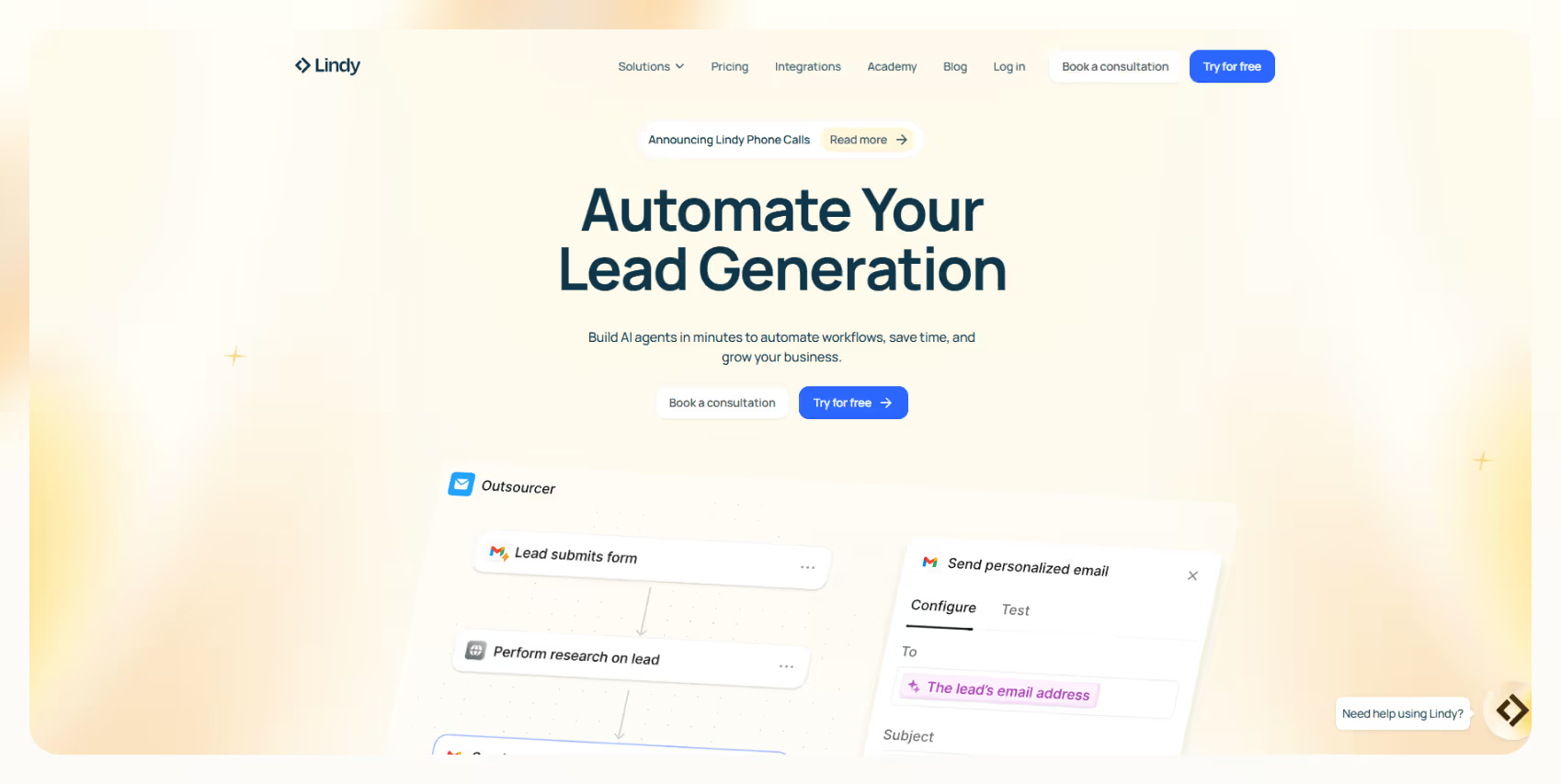
Lindy is a no-code platform that allows you to build your own AI agents to automate business workflows. It gives you flexible options to stay involved at key moments thanks to its human-in-the-loop functionality.
You can set it to ask for confirmation before taking important actions, like sending emails or updating records, so nothing happens without your approval. If you prefer to monitor progress without constant interruptions, Lindy can send real-time updates via email or Slack, allowing you to step in only when needed.
{{templates}}
UiPath
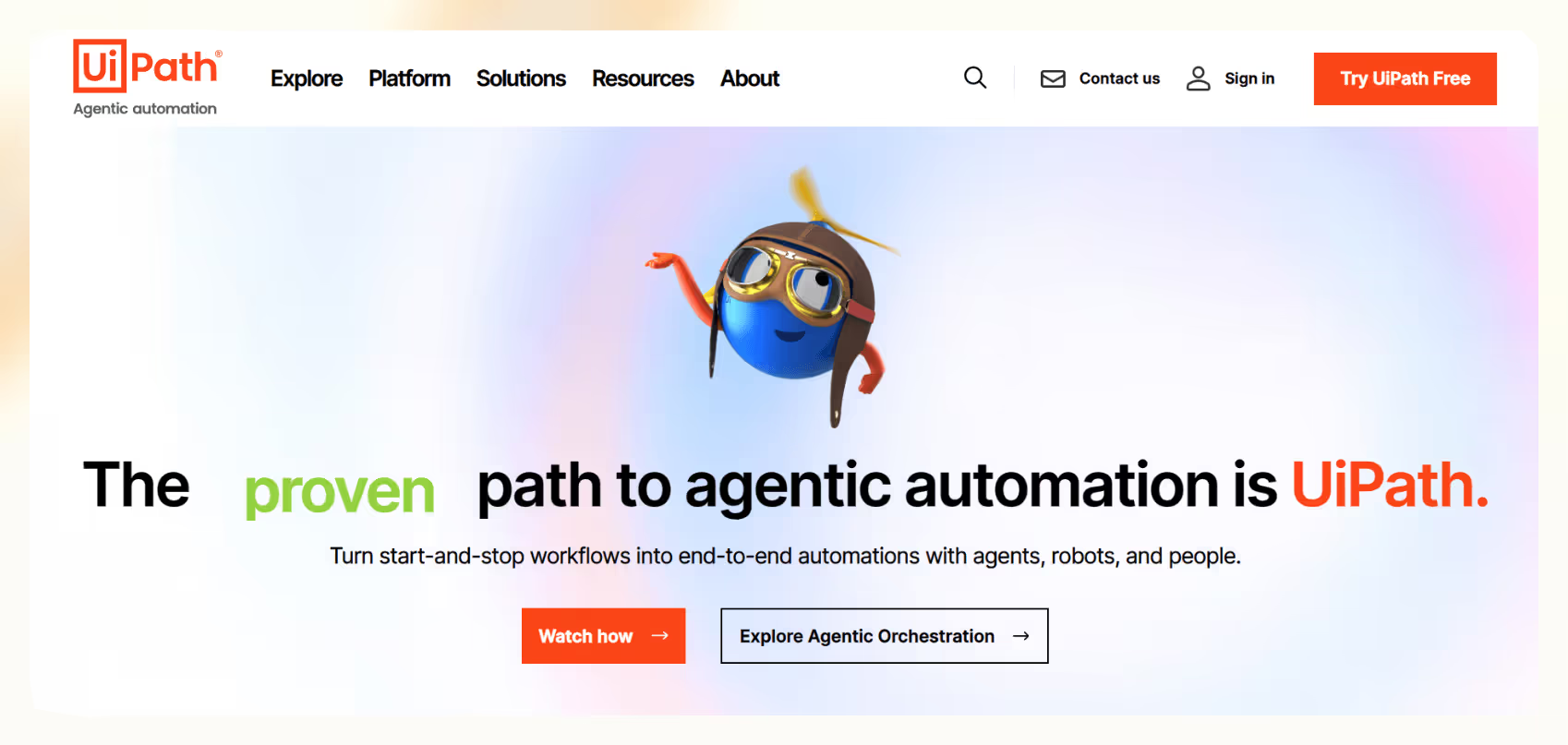
UiPath is a robotic process automation (RPA) platform. It can be used to handle tasks automatically — including data entry, invoice processing, and customer onboarding.
What sets UiPath apart is its Action Center, which integrates human oversight into workflows. When a process reaches a decision point needing human judgment — such as assessing a flagged transaction — the Action Center creates a task for human review.
UiPath robots handle repetitive tasks efficiently, and you retain control over critical decisions, enhancing both accuracy and compliance.
Cogito
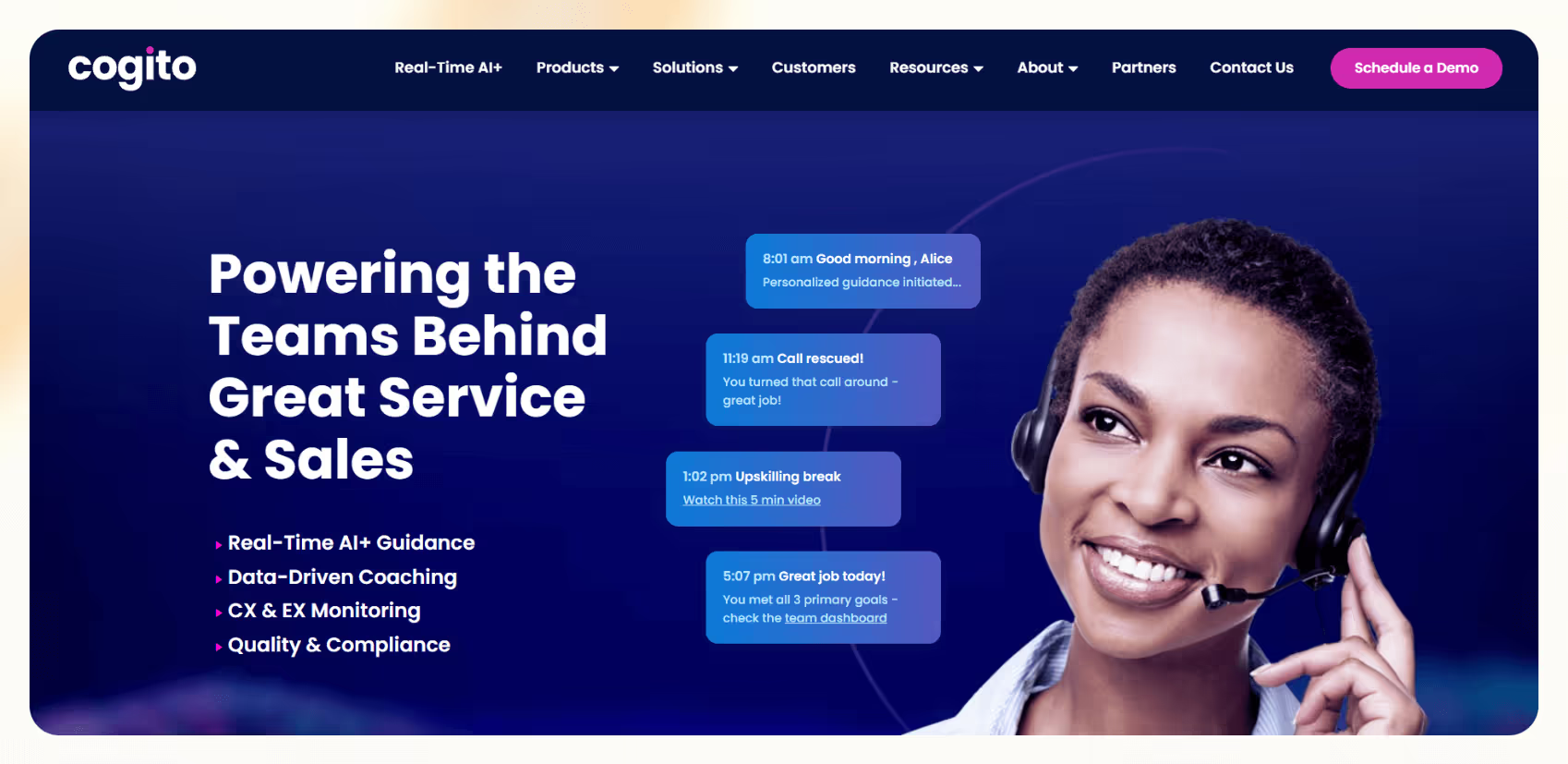
Cogito helps customer service agents in real-time by studying conversations and emotions and offering instant feedback to improve interactions. Imagine there’s a coach in your ear, guiding you to respond better, keep customers engaged, and create more positive outcomes.
However, agents can override the platform’s recommendations, making sure that human judgment remains central to customer service.
Machine learning & data labeling tools
Amazon SageMaker Ground Truth
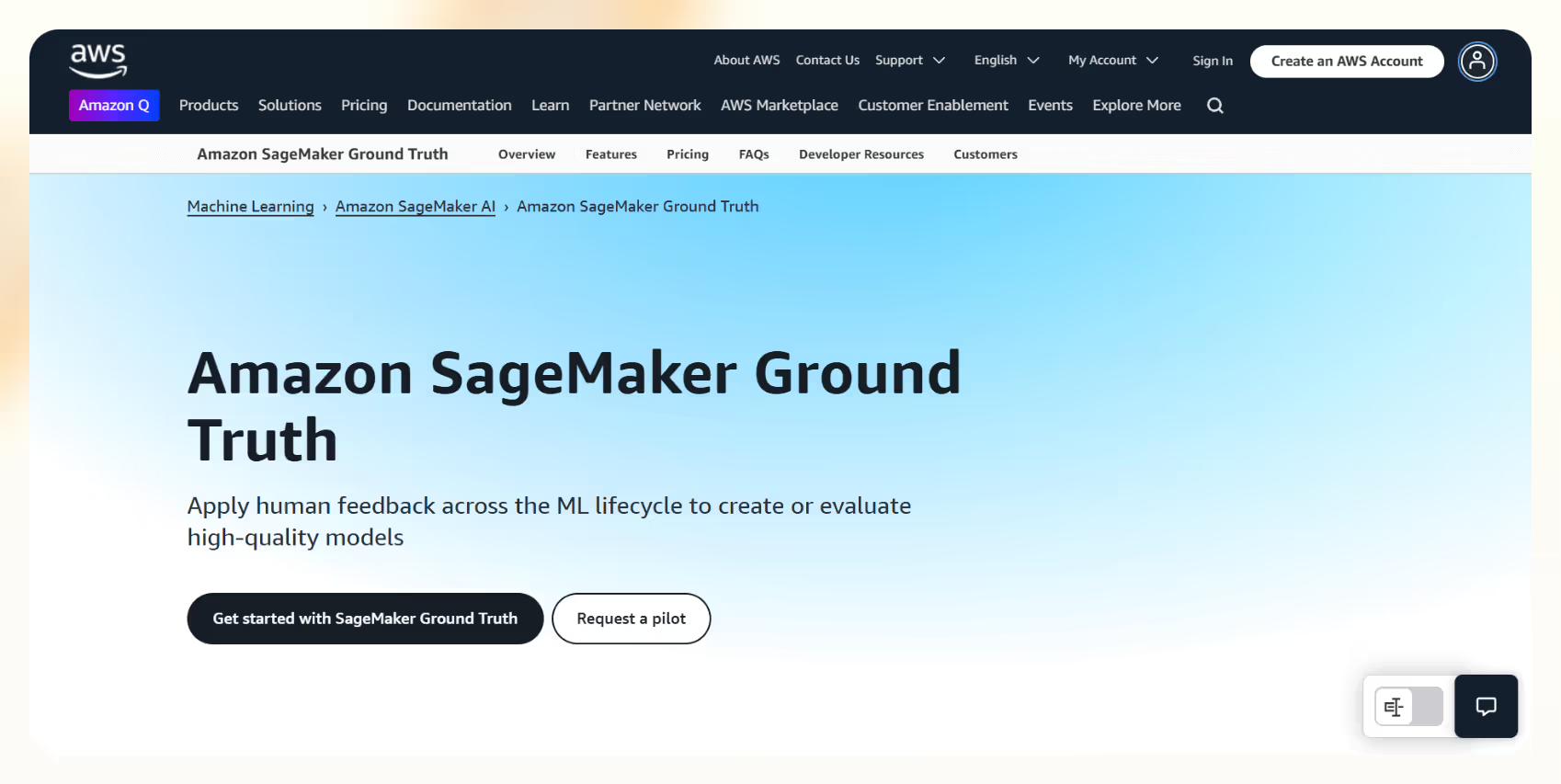
Amazon SageMaker Ground Truth is a data labeling service that allows you to create high-quality training datasets for your machine learning models. This tool can be used to label pictures, text, and even video.
Beyond initial labeling, Ground Truth allows for continuous human feedback during model review, customization, and evaluation phases. This iterative approach confirms that models not only learn from accurate data but also adapt to nuanced patterns and edge cases that automated systems might overlook.
Scale
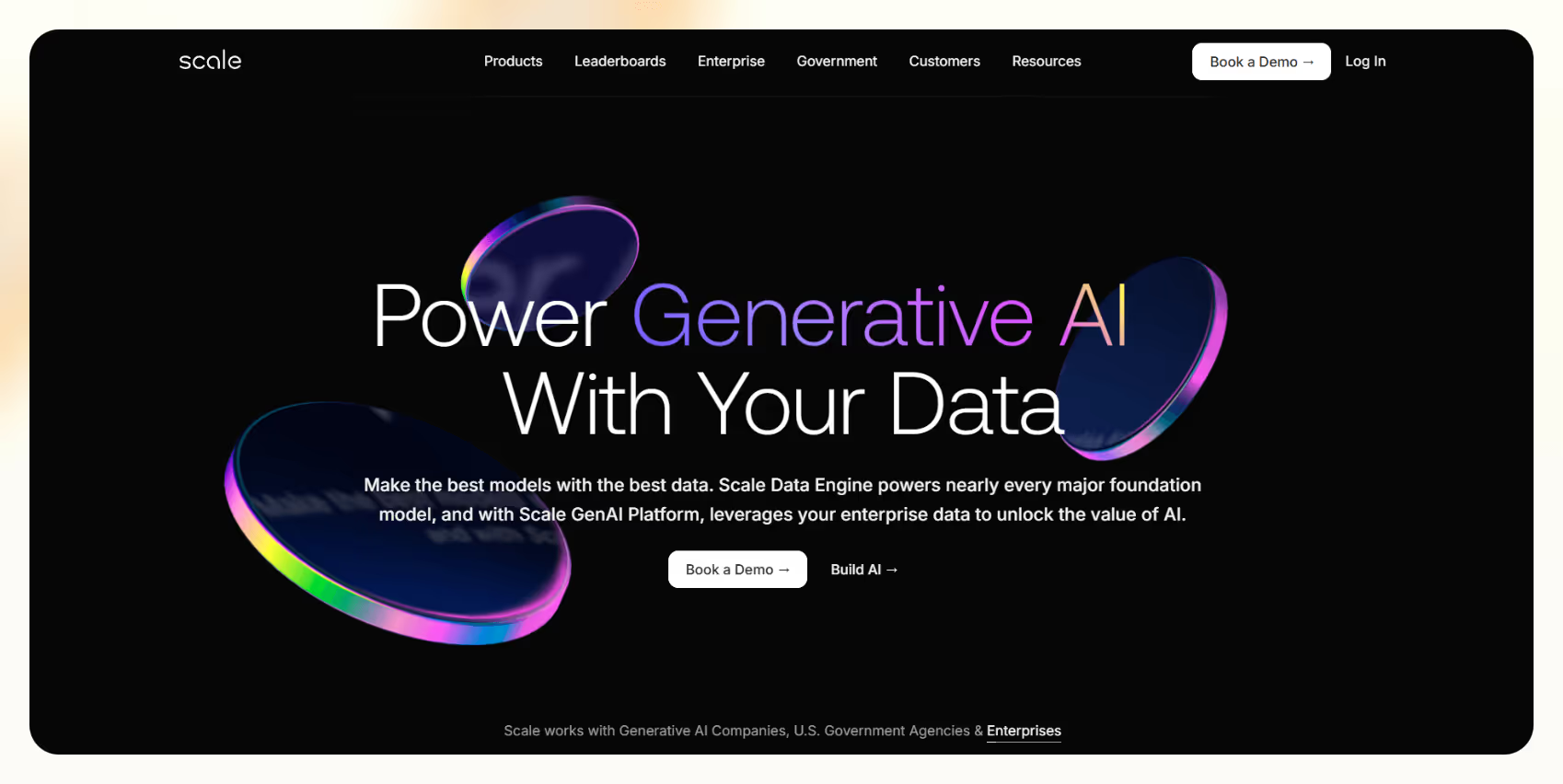
Scale is a data platform that provides high-quality training data for AI applications, offering services like image, text, and video annotation. Its workflow incorporates ongoing human oversight and validation, allowing for precise data labeling and improving the accuracy of machine learning models.
HITL automation: Challenges & best practices
HITL automation helps AI systems produce more reliable results, but adding human oversight comes with its own set of complications. Let’s zoom in on some challenges and solutions/best practices to overcome them:
Challenge 1: Maintaining data quality
For HITL to function properly, they need to be trained on high-quality data. If the data is inaccurate or incomplete, then results will share the same qualities. The key is keeping your data clean and up to date.
Solution: Use a data validation tool to catch errors early, and make regular updates to ensure your automation is always working with fresh, accurate information.
Challenge 2: Managing human error
Even the best-trained employees make mistakes — it’s just part of being human. In workflows using HITL, incorrect inputs or judgments can add up if they are fed back into the system, affecting model training and downstream decision-making.
For example, if a mislabeled dataset is used to refine an AI model, those mistakes compound over time, leading to skewed predictions and reduced accuracy.
Solution: Set your team up for success with clear guidelines and ongoing training. Make it easy to catch and correct mistakes by building in review checkpoints. This can involve secondary reviews by another expert, AI-assisted confidence scoring to flag uncertain labels, or consensus-based validation for high-stakes decisions. When everyone understands how their input affects the bigger picture, errors become less frequent.
Challenge 3: Guaranteeing data security
When dealing with sensitive information like customer details or financial records, security isn’t optional — it’s a must.
Solution: Use a tool with strong security like Lindy that has strong encryption, role-based access controls (RBAC), and audit logs to restrict access to sensitive data. Enable multi-factor authentication (MFA) and limit user permissions to reduce security risks.
Also consider training employees on phishing prevention, password management, and safe data handling. Regularly update security protocols by rotating encryption keys, enforcing least privilege access, and conducting security audits to stay ahead of new threats.
{{cta}}
Lindy lets you easily add human-in-the-loop modules to automations
Lindy is a top no-code automation platform that lets you build workflows using AI agents and you can add human-in-the-loop modules in a few clicks — offering a unique blend of AI-driven insights and human oversight.
Here's how Lindy helps you achieve your goals:
- Have a human make the final call: Lindy can be set to ask for your confirmation before taking action, making sure that you're always in control.
Say you have a Lindy emailing back and forth with a lead or negotiating pricing and packaging options. Once they have come to an agreement, you can have Lindy email you with the agreement details so you can say, “let’s do it” or “no way.” - Stay in the loop without time-wasting interruptions: Instead of constantly jumping into Lindy to monitor tasks, you can get updates right where you’re already working — whether that’s in Slack or your inbox.
This means you can step in when needed without breaking your workflow, making HITL automation more effortless rather than like another system you have to babysit. - Agency can collaborate: Lindy has a lot of versatility because you can string AI agents (called “Lindies”) together. For example, you could have one Lindy manage your email, another could write responses to customer support emails, and you can add an HITL module to check the emails before they go out.
That is where Lindy’s HITL functionality shines — despite the fact that tasks can get complex you can always add a review step and provide guidance or make adjustments.
With Lindy, you're making your team more a part of those automations so you’re always in control. Try Lindy for free today to see how it can work in your business.



















.jpg)
.png)
.png)

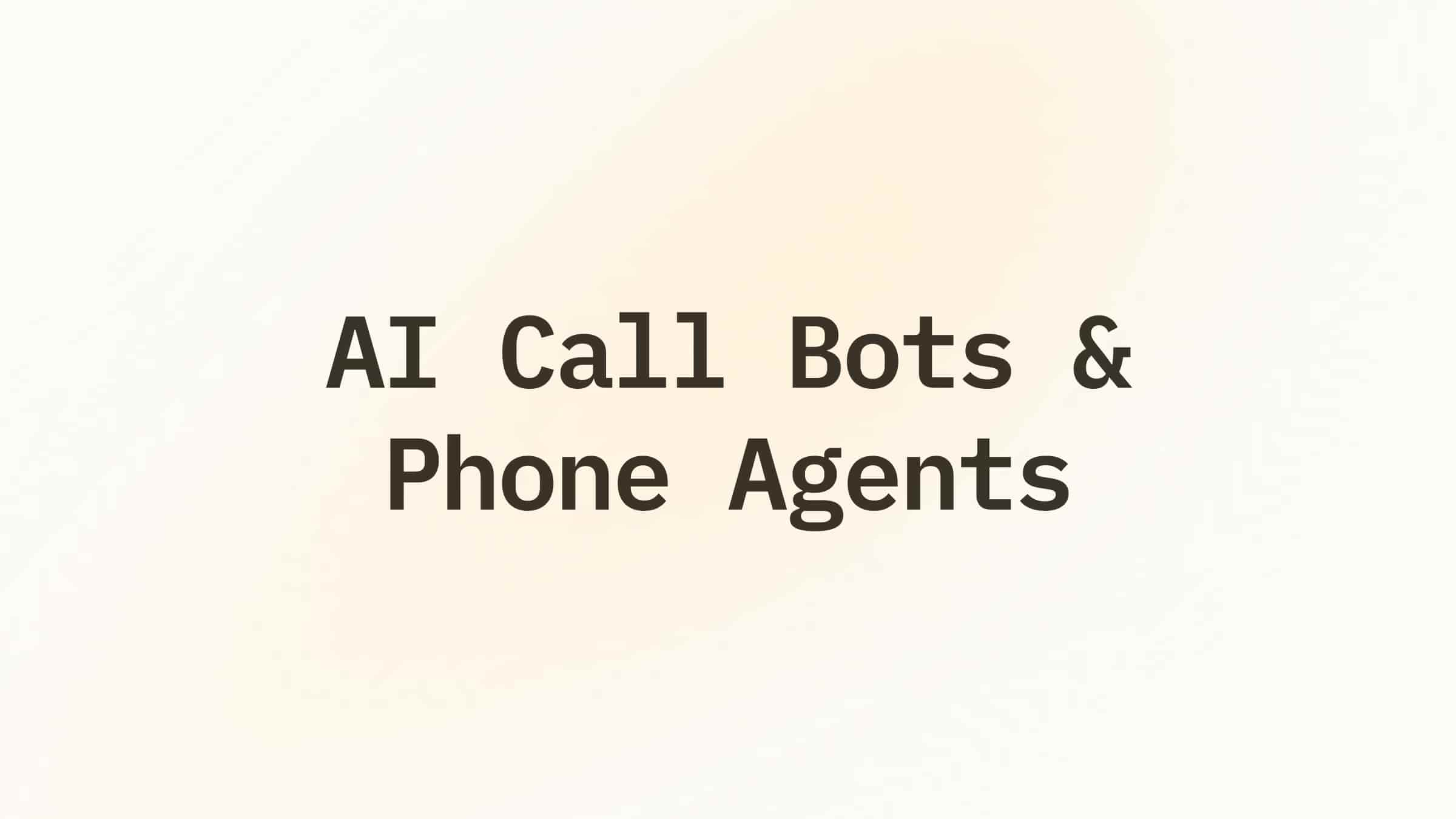
.png)
.png)